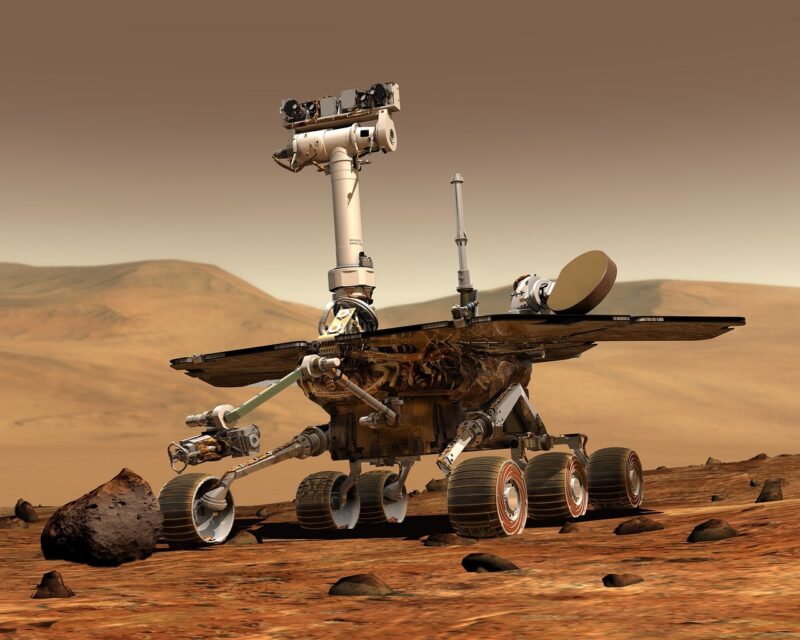
Human curiosity has always been a driving force behind exploration and discovery. One of the most profound questions that has captivated humanity for centuries is the existence of life beyond our planet. This obsession with extraterrestrial life has not only influenced science and technology but has also inspired culture, art, and philosophy. In this article, we delve into the reasons behind this obsession and explore the various aspects that make the search for alien life one of the most compelling ventures of modern science.
1. The History of Our Fascination with Extraterrestrial Life
The pursuit of extraterrestrial life dates back to ancient civilizations. As far back as the Babylonians and Greeks, humans contemplated the existence of other worlds. Philosophers such as Democritus believed in the existence of multiple worlds, while astronomers like Copernicus shifted the view of humanity’s position in the universe.
During the Renaissance, advancements in science and technology allowed individuals like Galileo Galilei to observe celestial bodies through telescopes, further igniting curiosity about the universe. The advent of space exploration in the 20th century, particularly with the launch of Sputnik and the Apollo missions, intensified this fascination, as the exploration of Mars and beyond became tangible goals.
2. The Drive for Knowledge and Understanding
At the core of human nature is an insatiable desire to seek knowledge and understand the unknown. The concept of life beyond Earth poses profound philosophical questions:
- What is life? – Understanding what constitutes life in the universe helps us comprehend our own existence. Scientists explore whether life could thrive in environments vastly different from our own, such as the methane lakes of Titan or the acidic clouds of Venus.
- Are we alone? – The loneliness of existence is a formidable psychological challenge. Confirming the existence of other intelligent civilizations would mean humanity is not singular in its experience.
- What is our place in the universe? – Discovery of extraterrestrial life could redefine our understanding of humanity’s place in the grand scheme of cosmic evolution.
The quest for extraterrestrial intelligence (SETI) aims to answer these questions, revealing not just potential alien life but also illuminating aspects of humanity itself.
3. Scientific Endeavors: The Search for Extraterrestrial Life
The scientific approach towards finding alien life has evolved significantly. Early astronomical methods involved observing celestial phenomena. However, today’s search is multi-faceted:
- Astrobiology: This interdisciplinary field examines the potential for life in extreme conditions on Earth, helping scientists to predict where life might exist elsewhere. Research on extremophiles, organisms thriving in harsh environments, informs the search for life on planets such as Mars and moons like Europa.
- Telescopic Surveys: Advanced telescopes like Hubble and Kepler have identified thousands of exoplanets in the habitable zones of their stars. The goal is to find Earth-like planets where life might exist. Recent missions, such as the James Webb Space Telescope, are set to provide deeper insights into the atmospheres of these distant worlds, searching for the chemical signatures of life.
- Space Missions: Missions like the Mars rovers and the upcoming Europa Clipper mission aim to gather data and conduct experiments in search of microbial life. These exploratory missions not only aim for findings but also spark public interest and excitement in the pursuit of extraterrestrial life.
4. The Role of Popular Culture
Humans have a unique way of expressing their dreams, fears, and fascinations through art and culture. The concept of extraterrestrial life has permeated various facets of culture, fueling the public’s fascination and imagination:
- Literature and Film: From H.G. Wells’ “War of the Worlds” to modern franchises like “Star Wars” and “The X-Files,” stories about aliens capture our collective imagination and explore the implications of contact with extraterrestrial life.
- Documentaries and Television: Shows like “Cosmos” and documentaries on the History Channel delve deep into the science and theories surrounding potential extraterrestrial life, educating and engaging a global audience.
- Art and Music: Artists have created masterpieces that reflect human curiosity about the cosmos, while musicians explore themes of space and otherworldly beings, enhancing our cultural fabric surrounding the exploration of extraterrestrial life.
As popular culture often mirrors societal interests, the consistent portrayal of aliens in various mediums significantly influences how we perceive the possibility of life beyond our planet.
5. The Technological Impetus for Discovery
Advancements in technology have accelerated our search for extraterrestrial life. The tools and methodologies employed today were not conceivable just decades ago:
- Artificial Intelligence (AI): Machine learning and AI algorithms analyze vast amounts of data generated by telescopes, satellites, and space probes, detecting patterns and potential signs of life much quicker than human researchers could manage.
- Space Robotics: The development of advanced robots for space exploration, like rovers on Mars, allows us to gather information from places that are otherwise inaccessible. These automated systems function autonomously and can make crucial discoveries regarding extraterrestrial biology.
- Communications Technology: Improved radio technology allows us to listen for signals from distant civilizations, which was previously a tedious process of analyzing static noise.
These technological innovations ensure that the search for life beyond Earth becomes more efficient, making the possibility of discovery ever greater.
6. The Fermi Paradox: Where Is Everybody?
Despite the universe’s vastness and the billions of potentially habitable planets, the question arises: Why have we not found signs of intelligent life? This dilemma is famously known as the Fermi Paradox. Various explanations have been proposed:
- Technological Singularity: Advanced civilizations may develop technologies that prevent them from making their existence known, such as becoming post-biological or adopting non-communicative forms of intelligence.
- Self-Destruction: Civilizations may often destroy themselves before they can develop the means to explore the cosmos or communicate with others.
- Rare Earth Hypothesis: The conditions that foster life on Earth may be exceedingly rare, suggesting that intelligent life is uncommon in the universe.
The Fermi Paradox continues to intrigue both scientists and enthusiasts, driving further inquiry and exploration in the pursuit of answers.
Conclusion: The Endless Quest for the Unknown
The obsession with finding life beyond Earth is rooted in our fundamental desire to understand our existence and place in the cosmos. It reflects humanity’s curiosity and tenacity, demonstrating that the quest for knowledge is an integral part of being human. As we continue to venture into the vast unknown, every discovery brings us closer to answering the age-old questions that have fascinated us for millennia. While the search for extraterrestrial life remains challenging, the advancements in science and technology, combined with our relentless curiosity, fuel the hope that one day, we will find we are not alone in the universe.
Whether we ultimately discover intelligent life out there or not, the journey itself enriches our understanding of life on Earth and our collective identity as humans in a boundless universe.







